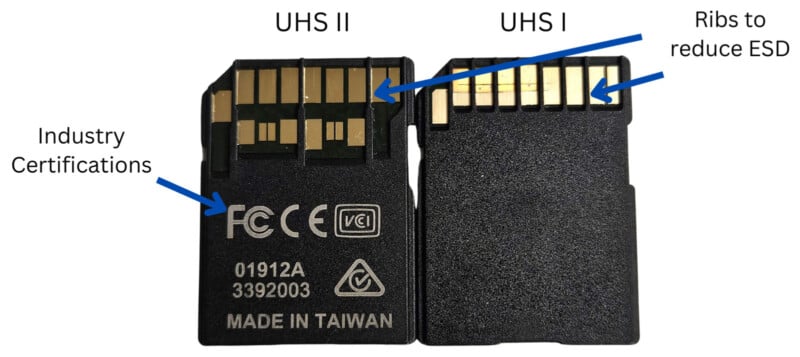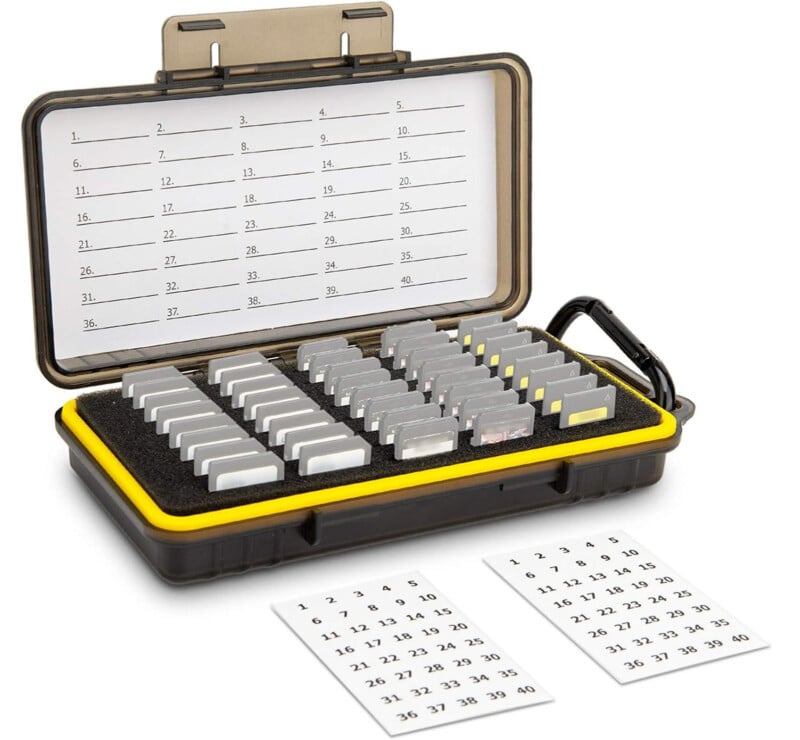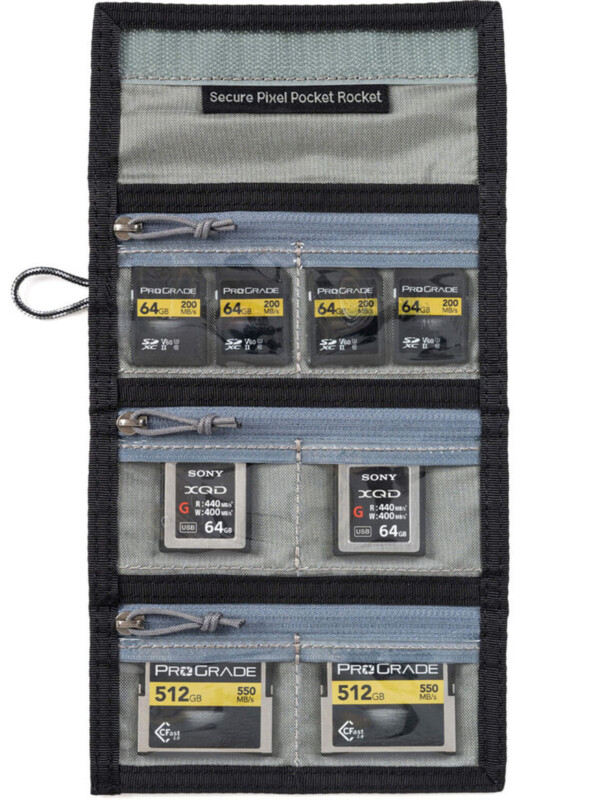Can Foam Cases Really Corrupt Your Memory Cards?
![]()
Canadian wedding photographer Saraya Joy posted an interesting video on Instagram a couple of weeks ago, claiming that her foam SD card case had damaged and corrupted her SD memory cards. A corrupted card is a severe fear for photographers, so what’s happening here?
As soon as PetaPixel saw the video, we started digging around to learn more. The immediate question is, “Can static electricity damage and corrupt memory cards?” And yes, definitely. That’s why memory cards include anti-shock protections, including the plastic ribs that partially cover the exposed contact points that enable cameras and computers to read and write data from SD cards.
“Electrostatic discharge (ESD) can cause problems with flash memory but it has to be at a high enough level and it has to hit just the right spot in the memory to affect it,” Mark Lewis, vice president of marketing and co-founder of ProGrade Digital tells PetaPixel over email.
Lewis explains that SD card specifications precisely detail the ribs on the cards that provide a small barrier against ESD. This rib can help stop something from touching the card’s interface and carrying a charge across a larger surface area.

“A best practice when handling SD Cards is not to touch the exposed metal interface on the card; handle the card by the plastic. Use cards that have the fins specified by the SD association spec and use cards that have the industry certifications. Certainly it is difficult to determine if you are carrying a positive charge before you touch your SD card, but following these best practices will help to keep your valuable images safe,” Lewis recommends.
So What About SD Card Cases and Foam?
Although Joy did not respond to PetaPixel‘s request for comment, based on her initial video, it seems that the offending case is either this precise model from Amazon or something very similar. Troublesome products are a dime a dozen on certain online retailers. The primary issue with this case, and others like it on Amazon and other online retailers, is that cards must be inserted vertically in foam.
“In regard to foams, they are usually prone to ESD,” says Ian Stone, manager at Other World Computing (OWC), makers of memory cards, readers, portable SSDs, and other storage devices.
Stone references a specific new foam, which is colored pink, that has special anti-static charge chemicals. However, the anti-static quality has a limited shelf life of about a year, depending on the condition of the air.

“In short, pink foams may protect the card in its first year when they are new. But after that, they actually work against the cardholder by holding static charges.” That’s a significant problem and risk.
In the situation of an SD card holder that has cards being rubbed up and down against foam, like the troublesome one Joy shows, even special foam will eventually not only stop preventing static discharge but may worsen the problem.
If a strong enough electrostatic discharge touches the metal contacts of a memory card, it can spell doom.
Card Makers Do Their Best. What Can You Do?
SD and other memory card makers are aware of the risks of electrostatic discharge and are very careful about protecting cards as much as possible against damage.
“We test our SD cards in both operating and non-operating conditions against Electrostatic Discharge (ESD). In non-operating conditions, we test each pin 5 times with +/-4K Volts and air test the rest of the body 5 times in different locations with +/-15K Volts. In operating condition, because the pins are no longer accessible, we do air test the body 10 times in different locations with +/-8K Volts,” Stone explains.
Even with standards about ESD protection, there remains a risk of destructive discharge. People should never touch the metal part of their SD card and should take reasonable actions to reduce the risk of discharge.
Reasonable actions include safely discharging potential static before handling SD cards, akin to discharging static before pumping gas into a car, and avoiding risky practices like buying and using cheap, poorly-designed SD card cases online. While a case that promises protection against drops and drips may sound like a good idea, foam is not your friend.

If someone insists on a hard case for their SD cards, opt for one that doesn’t store cards vertically inside the foam. Better yet, avoid foam altogether.
For PetaPixel‘s money, something like Think Tank Photo’s Pixel Pocket Rocket card wallet is perfectly suitable. They were even just updated, in fact. Multiple PetaPixel team members have used these products for years and never had any issues with corrupted memory cards and static discharge.